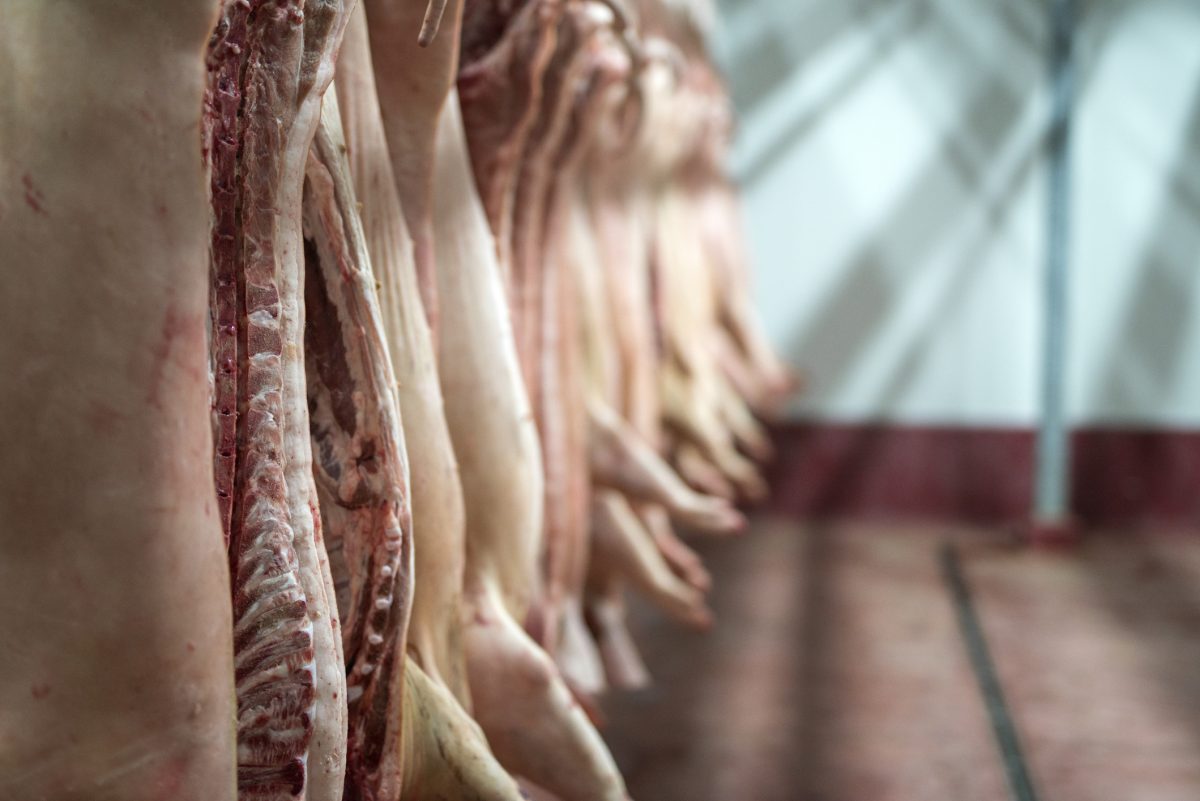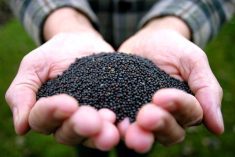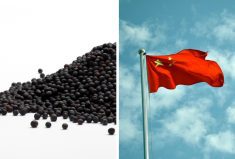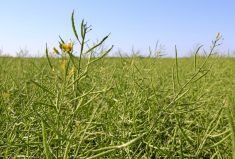CNS Canada –– ICE Futures Canada’s canola futures moved independently higher during the week ended Wednesday, ignoring weakness in the Chicago soybean market.
The generally tight supply situation for canola, a weak Canadian dollar and worries about dry conditions damaging some crops in Western Canada underpinned canola.
Dry conditions in parts of the western Prairies are starting to become more severe, and whether it rains or not will make or break the canola market.
If rain does arrive, prices are likely to take a tumble, while a lack of rain would mean stronger values going forward, according to industry officials.
Read Also

U.S. livestock: Cattle slip back, hogs gain
Chicago cattle futures slipped back on Friday after Thursday’s pause. Hog futures crept upward. Most-active December live cattle futures closed…
“In the next two weeks we’re going to have to get some rain in the drier spots of the Prairies or there probably will be some pretty significant problems,” said Ken Ball of PI Financial in Winnipeg.
“The forecasts show there’s some possible increases in rain during the next week, but not anything really encouraging.”
There’s a lot of pressure on Canada’s 2015-16 canola crop because, unlike the large U.S. soybean supply situation, canola supplies are on the tight side.
“With canola supplies being a little bit tighter, there’s not a lot of room to lose too much crop this year, so the market is tense,” Ball noted.
Agriculture and Agri-Food Canada’s latest supply and demand tables, released last Wednesday, peg ending stocks of canola at 950,000 tonnes for 2014-15, and 500,000 tonnes for 2015-16. Anything under a million tonnes is considered tight for canola.
Canola has started to look expensive compared to other oilseeds, as it has outpaced the Chicago soy complex to the upside lately. But that doesn’t mean the Canadian futures can’t see more independent strength going forward.
“If the supply looks like it could get really critical in canola, certainly it can gain more on the U.S. markets than it has,” Ball said.
— Terryn Shiells writes for Commodity News Service Canada, a Winnipeg company specializing in grain and commodity market reporting.















